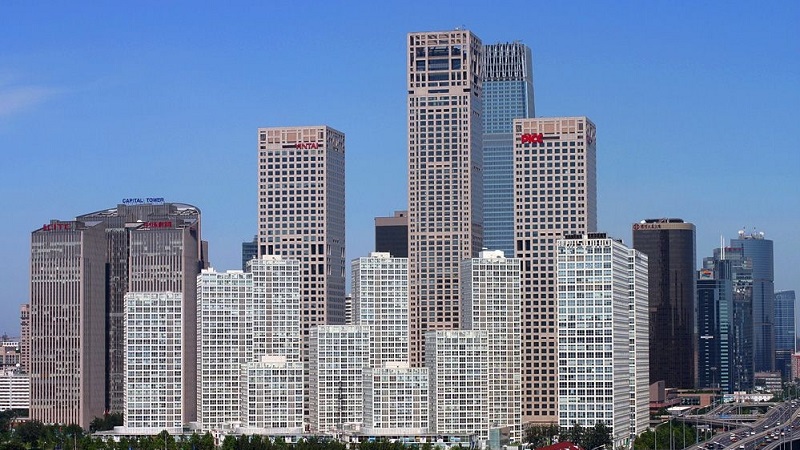China’s economy: state versus private
January 08 2016

Just a few decades ago China’s private sector was almost non-existent. How important is it today?
1. In 2014 China economy specialist Nicholas Lardy concluded that the private sector now produces at least two-thirds of China’s GDP.[1]
2. Competitive conditions prevail in some industry sectors where state-owned enterprises (SOEs) remain prominent such as steel and coal production. State monopolies only survive in a few sectors such as oil and utilities. Here regulated prices mean that profit margins can be thin.[2]
3. In 2015 there were 54.08 million self-employed businesses in China, a 44 percent increase from 2011. Over the same period the number of privately-owned firms nearly doubled to reach 19.08 million.[3],[4]
4. In China 25 percent of the working age population own and manage a private business.[5] This compares with:
- 22.9 percent in Australia[6]
- 15.9 percent in South Korea[7]
- 34.7 percent in Brazil[8]
- 20.9 percent in Turkey[9]
5. In 2014 China’s economy created 13.2 million new jobs. More than 90 percent were in the private sector.[10]
6. The public sector, including SOEs, employs 11 percent of China’s labour force.[11] This compares with:[12]
- 14.3 percent in Australia
- 7.4 percent in South Korea
- 12.1 percent in Brazil
- 11.7 percent in Turkey
7. In 2014 the top 100 Chinese brands increased 22 percent in value compared with a year earlier. The value of privately-owned brands increased by 97 percent while that of state-owned brands fell by nine percent. Three of the top five Chinese brands are privately-owned – Tencent, Alibaba and Baidu – compared to 2010 when all five were state-owned.[13]
8. In 2014 the value of Chinese investment in Australia by privately-owned companies was twice that of SOEs. In terms of the number of deals completed, privately-owned firms outnumbered SOEs by 5:1.[14]
[1] Lardy, N.,2014.Markets over Mao: The Rise of Private Business in China, Peterson Institute for International Economics.
[2] http://www.eastasiaforum.org/2015/12/16/chinese-industry-a-tale-of-two-s...
[3] http://news.xinhuanet.com/english/2016-02/08/c_135084962.htm
[4] According to Chinese regulations, the distinction between a self-employed business and a privately-owned firm is that the former employs fewer than seven workers.
[5] http://www.gemconsortium.org/country-profile/51
[6] http://www.gemconsortium.org/country-profile/37
[7] http://www.gemconsortium.org/country-profile/125
[8] http://www.gemconsortium.org/country-profile/46
[9] http://www.gemconsortium.org/country-profile/116
[10] http://news.xinhuanet.com/english/2015-01/29/c_133956880.htm
[11] The figure is for 2011. Nicholas Lardy, 2014. Markets over Mao: The Rise of Private Business in China, Institute for International Economics.
[12] The figures for Australia, South Korea, Brazil and Turkey are for 2013. http://stats.oecd.org//Index.aspx?QueryId=66856
[13] http://www.millwardbrown.com/docs/default-source/global-brandz-downloads...
[14]. http://demystifyingchina.com.au/reports/demystifying-chinese-investment-...
